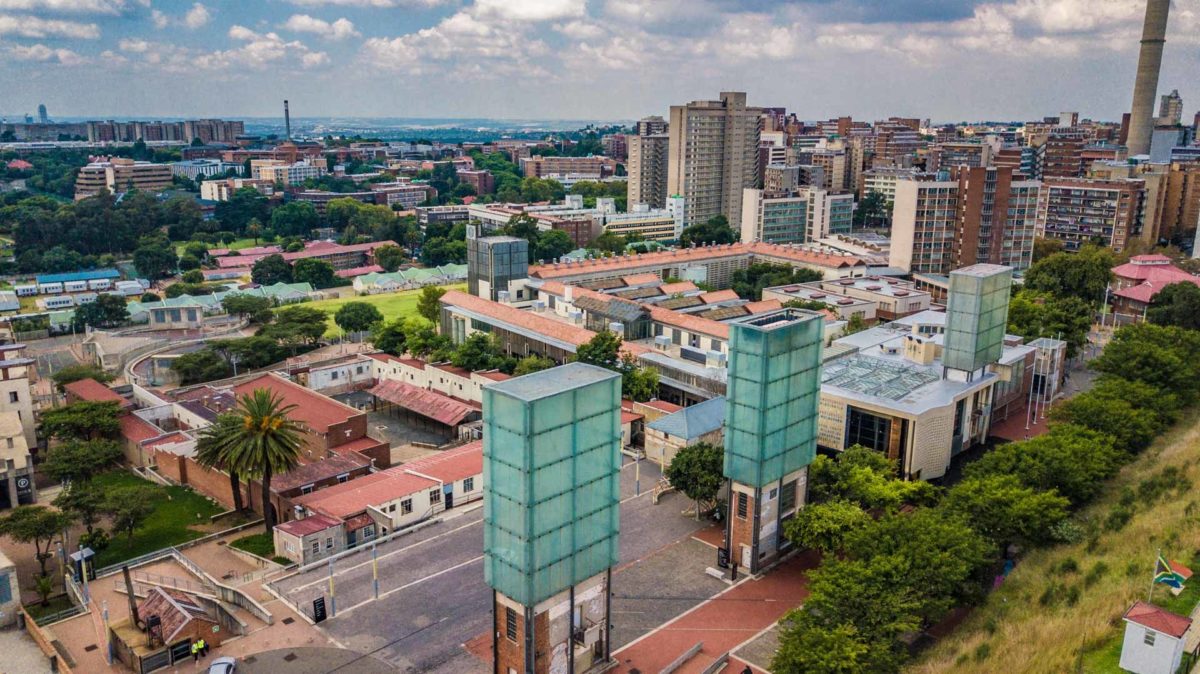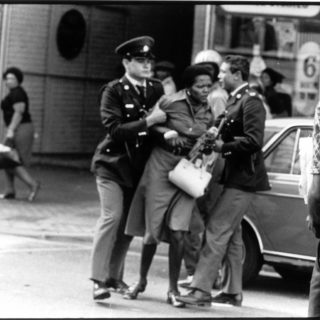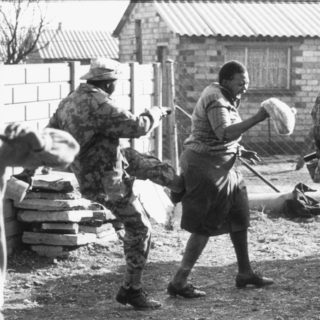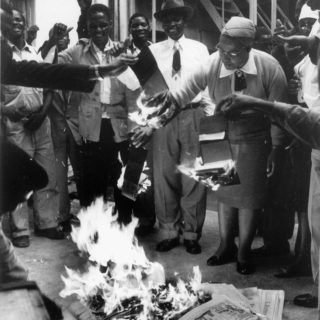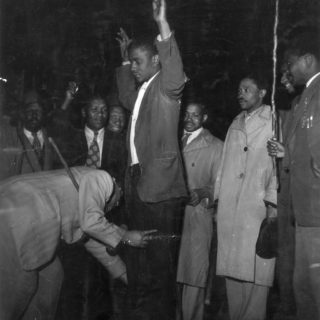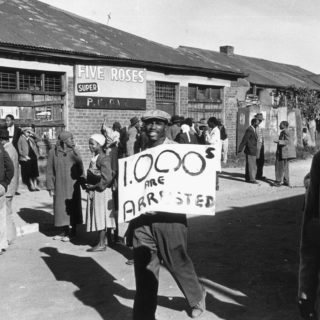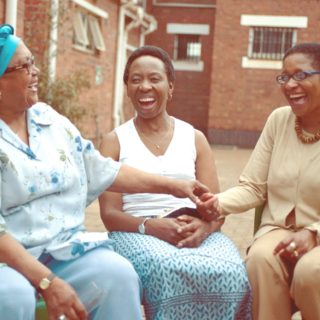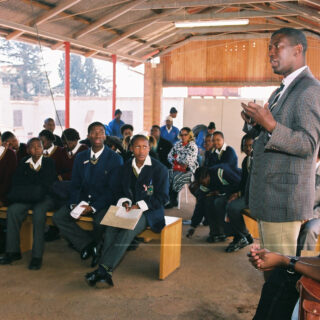The history of Constitution Hill
Constitution Hill is almost as old as the city of Johannesburg, and the story behind its historic museums is outlined in the pages on the Old Fort, the Women's Jail and Number Four.
As the decades went by, the prisons at Constitution Hill became established sites of incarceration, along with the attendant issues of overcrowding, poor sanitation and disease. These problems were exacerbated with the advent of apartheid under the Nationalist government in 1948, and the burgeoning number of people arrested for both petty and severe apartheid laws.
Prison numbers continued to escalate into the 1950s and 1960s, with the volume of political prisoners increasing with each significant political campaign that went against the apartheid regime. A total of 156 people, including Nelson Mandela and Oliver Tambo, were arrested and held at the prison complex before the historic Treason Trial in 1956, and two years later, 2 000 women – Winnie Madikizela-Mandela and Albertina Sisulu among them – were detained after protesting the pass laws. The Anti-Pass Campaign of 1960 saw additional prisoners incarcerated, and many schoolgoers below the age of 18 were arrested after the student uprisings of 1976.
On 31 January 1983, the prison doors to the Old Fort and Number Four were officially closed. Inmates at the time were transferred to the new Diepkloof prison just outside Soweto and the precinct was leased to the Prisons Department with the intention of transforming it into a prison services monument. This never materialised, however, and the site was abandoned. It quickly deteriorated, with vandals removing items of value and selling them on the city’s streets.
In 1990, conversations began around turning the precinct into a tourist attraction, although these were held in conjunction with talks about demolishing the precinct and erecting a hotel and a complex of theatres, restaurants and community facilities instead. Fortunately, the former won out, and the site began a protracted process of redevelopment.
Seminal to this was the site’s identification, in the mid-1990s, as the home of the new democratic South Africa’s Constitutional Court which, after being put out to tender and awarded, took several years to construct. As this mixed-use precinct was reimagined, it was designed to link up with the area’s surrounding streets, making the site accessible to the public and an integral part of the inner city’s rebirth at the time.
In 2002, with the building of the court under way and other areas in the process of being refurbished, the Johannesburg Development Agency appointed a dedicated to team to work on the heritage, education and tourism aspects of the site. A multitude of public engagement initiatives followed, which involved the input of local residents, as well as former prisoners and warders, and which was curated into formal exhibits.
On Human Rights Day, 21 March 2004, the Constitutional Court was inaugurated, during which 27 children born in 1994, South Africa’s first year of democracy, recited the Bill of Rights in the country’s 11 official languages. The following day, with the exhibition spaces and the visitor experience finalised, Constitution Hill – a site dedicated to honouring heritage, educating the public and encouraging tourism – was opened to the public.
A site of incarceration and abuse, of neglect and vandalism, of rebirth and democracy, Constitution Hill epitomises much of the trauma and joy that South Africa and her citizens have experienced. Today, we consider it our task to keep this place alive and relevant for current and future generations.

 +27 11 381 3100
+27 11 381 3100
